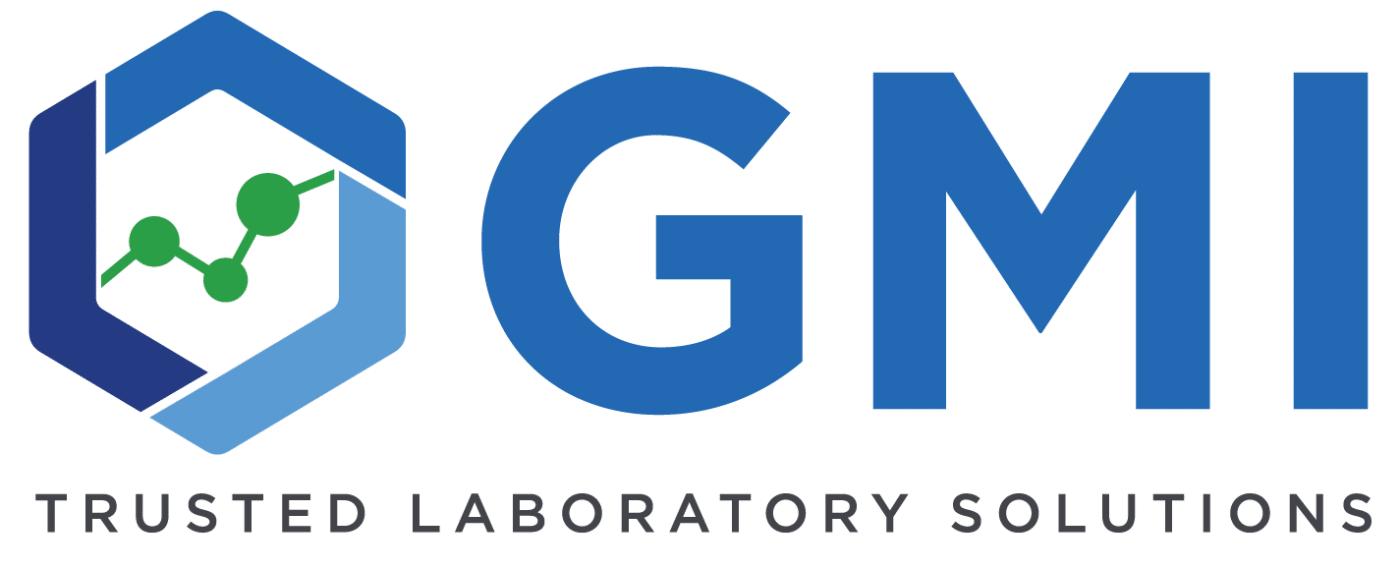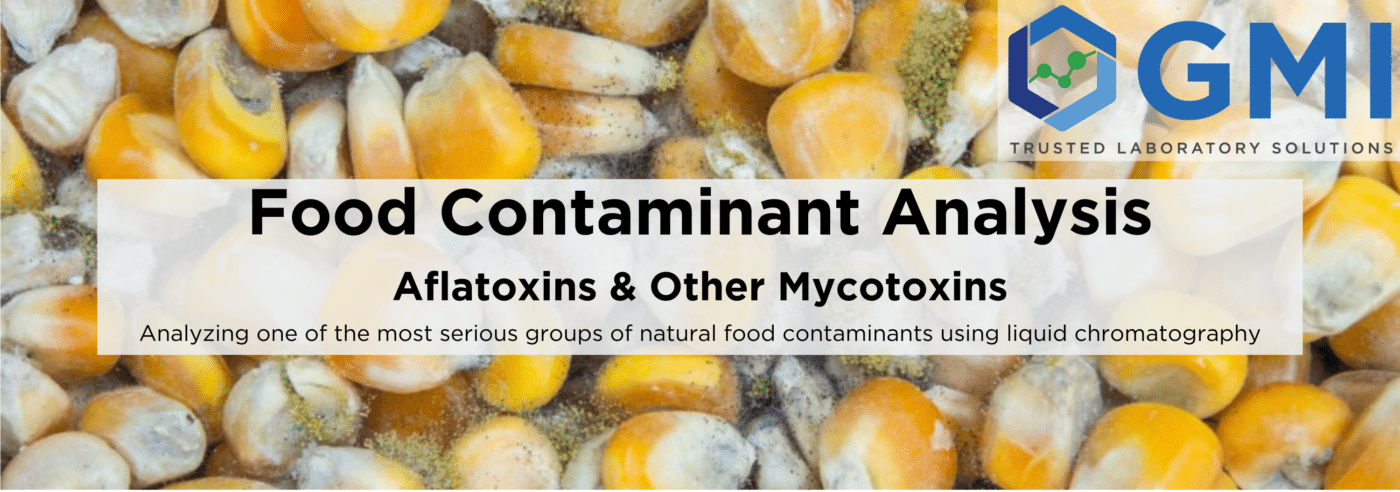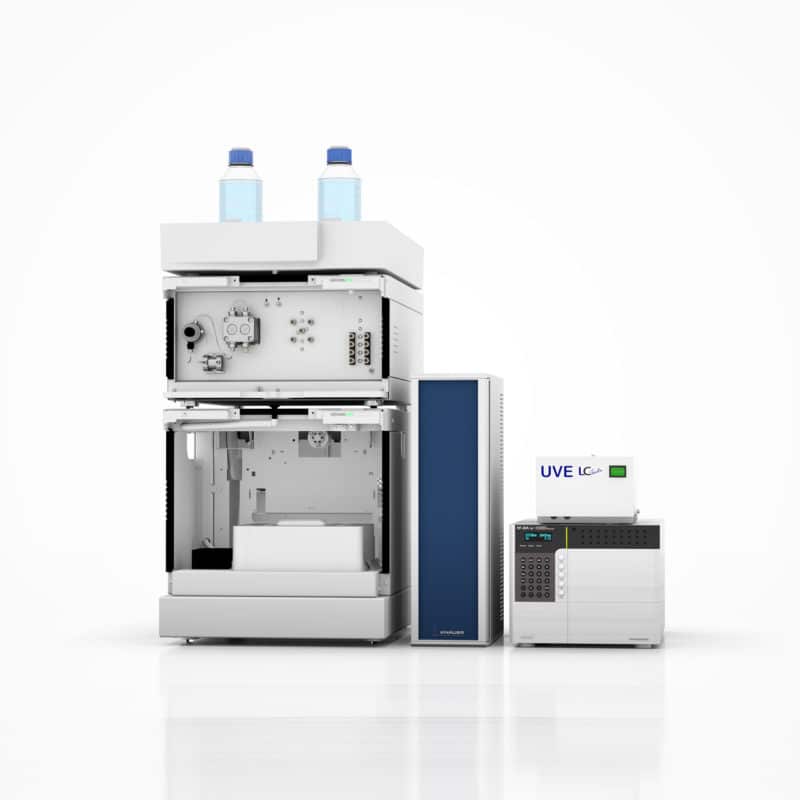No products in the cart.
What are aflatoxins?
Aflatoxins are a class of mycotoxins being produced by certain mold types, which grow on food products under unfavorable conditions. The most common microorganisms producing aflatoxins are Aspergillus flavus, Aspergillus parasiticus, Aspergillus nomius, Aspergillus toxicarius, but there are several other species. Aflatoxins have been named after Aspergillus flavus. We know about 20 naturally occuring aflatoxins.
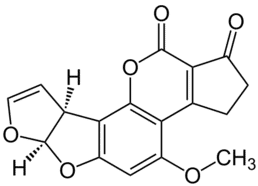
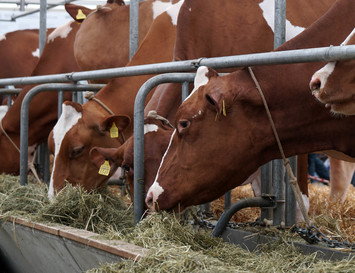
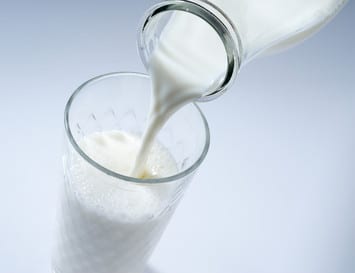
Why are aflatoxins of interest?
Aflatoxins are very potent toxins for lifestock and humans. Aflatoxin B1 is the most toxic for humanswhen ingested, a lethal dose is between 1 and 10 mg/kg body weight.
Aflatoxins are also strong carcinogens. The carcinogenicity of aflatoxin B1 has been demonstrated in animal experiments from a daily dose of just 10 µg/kg body weight and is thus one of the most carcinogenic compounds.
Aflatoxins can also be accumulated in lifestock or be modified by the animal. This so-called carry-over risk plays a role for example in milk products: Aflatoxin M1 contaminates the milk of animals fed with a diet containing aflatoxin B1, which gets hydroxylated by the animal’s metabolism.
Where to expect aflatoxins?
The Food and Agricultural Organization of the United Nations estimated that 25 % of the global food are contaminated with mycotoxins.
Harmful amounts of aflatoxins are mostly found in dried fruits, pistachios, nuts, peanuts, corn, grain, and spices, but also in other mold-contaminated food and in milk products.
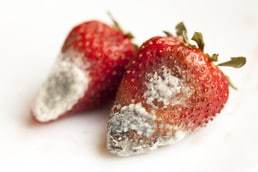
What can be done to be safe?
Aflatoxins are thermally very stable and can’t be detoxified by cooking or other food processing.
That’s why avoiding the processes that lead to aflatoxin build-up and selecting/physically removing the most affected parts of the crop are the only way to keep the risk low.
To protect the population, health authorities of many countries have established maximum residue levels (MRLs), which of course must be monitored.
For example in the European Union maximum levels for aflatoxin B1 and total aflatoxin (aflatoxin B1 + G1 + B2 + G2) in a series of foods are defined by “Commission Regulation (EC) No 1881/2006 of 19 December 2006” and the update “Regulation No 165/2010 of the EU Commission”.
With food for babies and infants being the most critical, these maximum levels need to be reliably monitored down to a limit of quantification below 0.025 µg/kg crop.
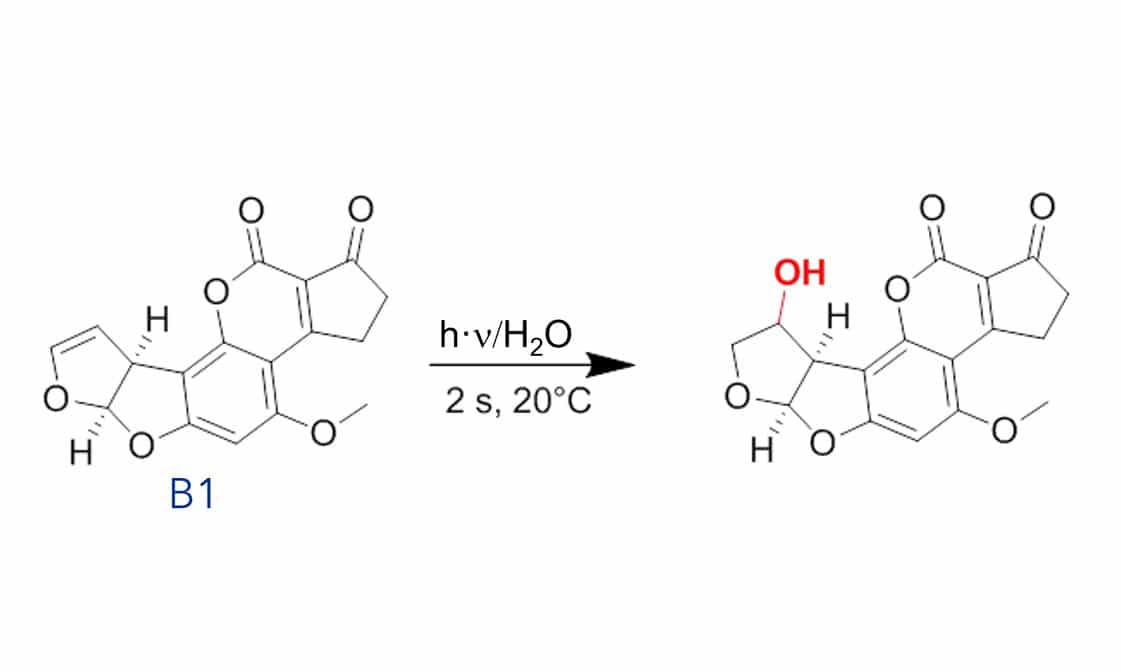
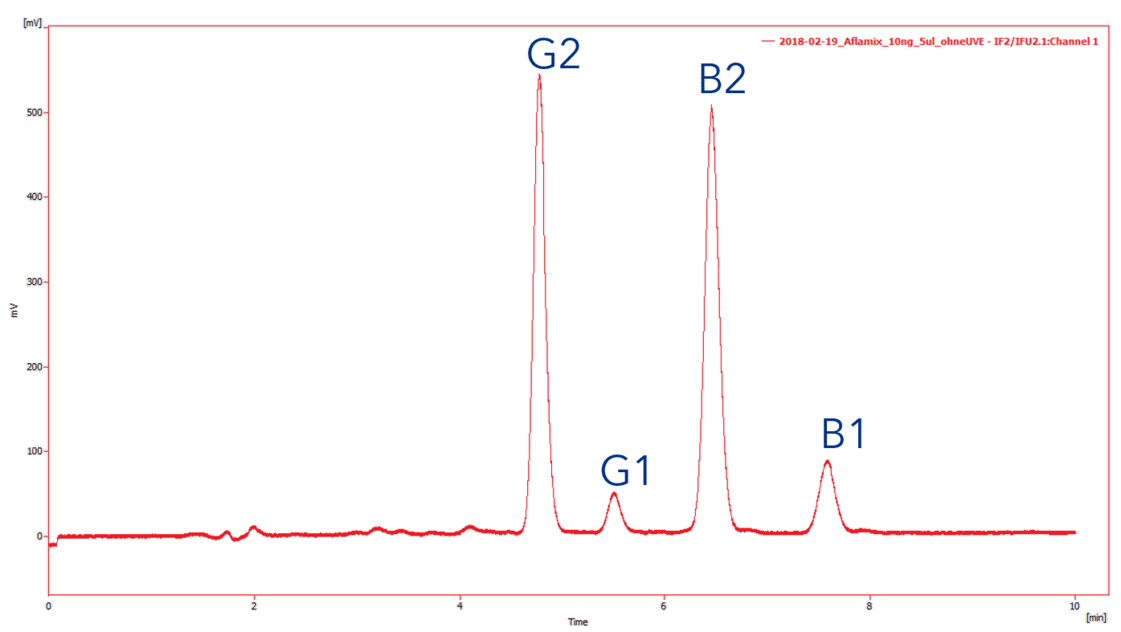
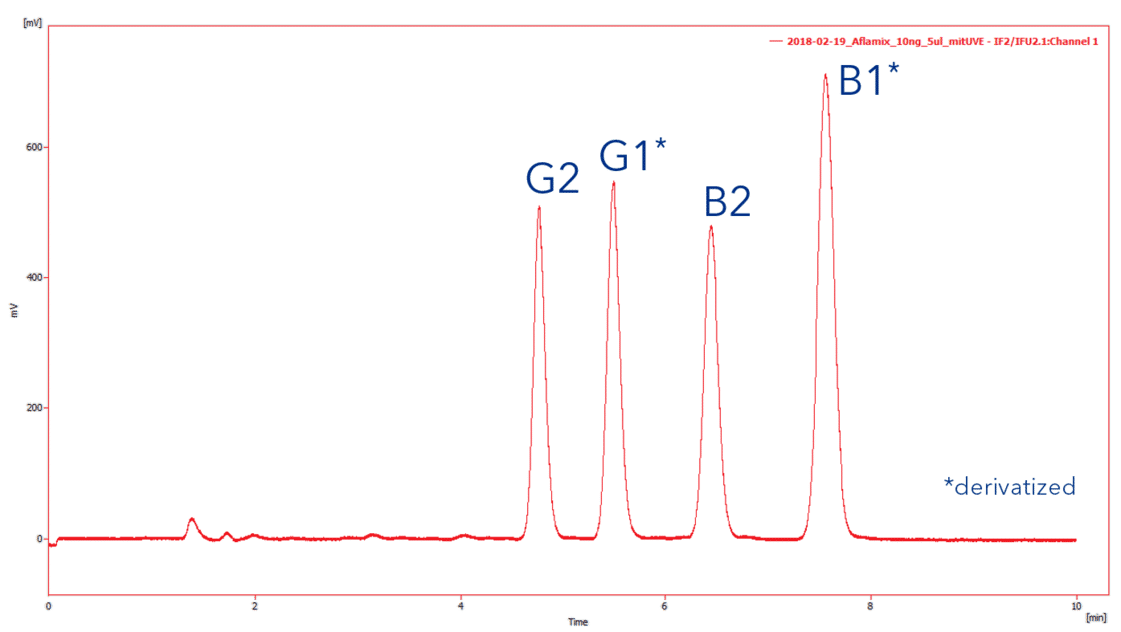
Sensitive, reliable and economical
Most harmful aflatoxin B1 is “hiding” from fluorescence detection.
Regulations require determination of the most toxic aflatoxin B1 and the total aflatoxin amount (for aflatoxins B1 + B2 + G1 + G2). Unfortunately fluorescence detection for aflatoxins B1 and G1 is approximately ten times less sensitive than for the aflatoxins B2 and G2. Derivatization can do the trick.
There are different post-column methods in use, like reaction with an iodine solution at 60 °C, or reaction with bromine, which is formed in-situ using a so-called KOBRA® cell.
A very convenient and efficient post-column derivatization method works without toxic reagents by photochemical hydroxylation only. (See comparison of aflatoxin B1 and G1 signals without derivatization with hydroxlated B1* and G1* in the chromatograms)
AZURA HPLC system for sensitive aflatoxin determination
With post-column photochemical derivatization and fluorescence detection
The AZURA® Aflatoxin Analysis System is specially designed to determine Aflatoxin B1, B2, G1, and G2 in food and feed products such as peanuts, corn and cottonseed. It utilizes efficient post-column photochemical derivatization to improve fluorescence sensitivity for aflatoxins B1 and G1 drastically.
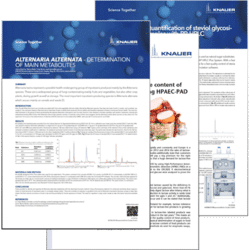
More food and beverage applications
KNAUER has prepared over 100 food and beverage applications. We might have the solution to exactly the challenge you are currently working on. Let’s find out how we can help you to achieve your quality goals.
